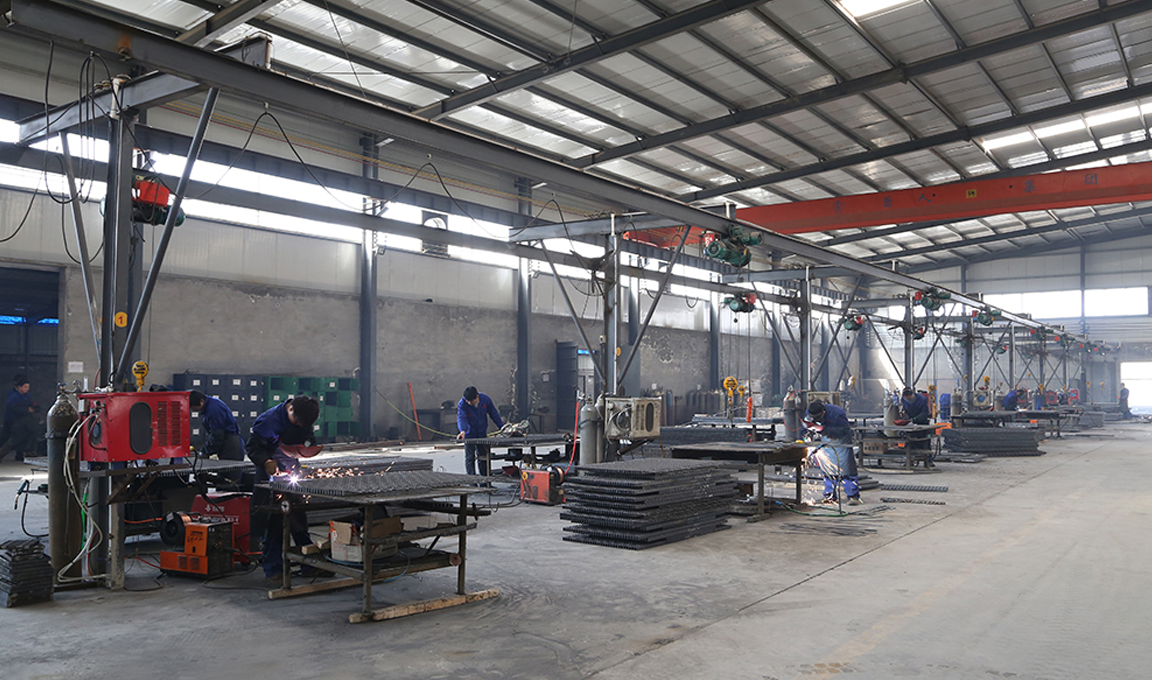The Cost of Highway Sound Barrier Walls An In-Depth Analysis
Highway sound barrier walls are engineered structures designed to reduce noise pollution from busy roadways, thus enhancing the quality of life for residents living nearby. As urban development continues to rise alongside increasing traffic volume, the implementation of these noise-reduction solutions becomes critical. However, one of the primary considerations in building sound barriers is the cost, which can influence their widespread adoption and design.
Understanding Sound Barrier Walls
Sound barrier walls are typically made from materials such as concrete, wood, vinyl, or earth mounds. Their primary function is to absorb and deflect sound waves generated by vehicles, effectively creating a quieter environment for adjacent communities. Depending on the design and materials used, sound barriers can significantly reduce noise levels, often by 10 to 20 decibels.
Factors Influencing Costs
The cost of constructing highway sound barrier walls can vary widely based on several factors
1. Material Selection The choice of materials is one of the most significant cost determinants. Concrete walls are generally more expensive due to their durability and effectiveness in blocking noise. Conversely, some materials like wood or vinyl may be less costly but may not provide the same level of sound attenuation.
2. Wall Height and Length The height and length of the sound barrier directly affect its effectiveness and overall cost. Taller and longer barriers require more materials and labor, thus increasing costs. For effective noise reduction, barriers typically need to be at least 14 feet high in densely populated areas.
3. Site Preparation The geographical characteristics of the construction site also play a role in costs. Sites that need extensive grading or preparation can increase overall project expenses. Additionally, if the area has environmental concerns or requires mitigation measures (such as wildlife corridors), this can further elevate costs.
highway sound barrier walls cost

4. Engineering and Design Custom designs tailored to specific locales or aesthetics will incur additional engineering costs. In some cases, barriers are designed not just for functionality, but to blend aesthetically into the landscape or to serve additional purposes, such as providing artwork or community spaces.
5. Installation and Maintenance Labor costs to install the sound walls can vary greatly depending on regional wage rates and the complexity of the project. Furthermore, sound barriers do require periodic maintenance, which can contribute to long-term expenses.
Analyzing Cost Estimates
On average, the cost of constructing sound barriers ranges from $40 to $100 per square foot. For a typical project, this can mean costs between $1 million and $5 million per mile, depending on the aforementioned factors. Various studies and state departments of transportation provide detailed cost analyses to aid in planning and budgeting.
Funding and Economic Considerations
Given the significant costs associated with building sound barrier walls, funding remains a crucial aspect. Many projects rely on federal and state transportation funds. However, within budget constraints, priorities may shift, and certain projects may be delayed or reduced in scope. Economic evaluations help to balance the costs against the benefits provided to local communities, ensuring that investments yield satisfactory outcomes.
Conclusion
Highway sound barrier walls represent a proactive approach to managing noise pollution in urban environments. While their associated costs can be substantial, the long-term benefits, including increased property values, improved health outcomes, and enhanced community satisfaction, often make such investments worthwhile. As cities continue to expand and traffic increases, understanding and addressing the financial implications of sound barrier wall construction will be essential for effective urban planning and management.
-
Why Galvanized Trench Cover Steel Grating Resists Corrosion
NewsJul.10,2025
-
The Versatility and Strength of Stainless Expanded Metal Mesh
NewsJul.10,2025
-
Load Calculations in Steel Grating Platforms
NewsJul.10,2025
-
Keeping Pets and Kids Safe with Chicken Wire Deck Railing
NewsJul.10,2025
-
Hole Diameter and Pitch for Round Perforated Metal Sheets
NewsJul.10,2025
-
Aluminium Diamond Mesh in Modern Architecture
NewsJul.10,2025
Subscribe now!
Stay up to date with the latest on Fry Steeland industry news.

